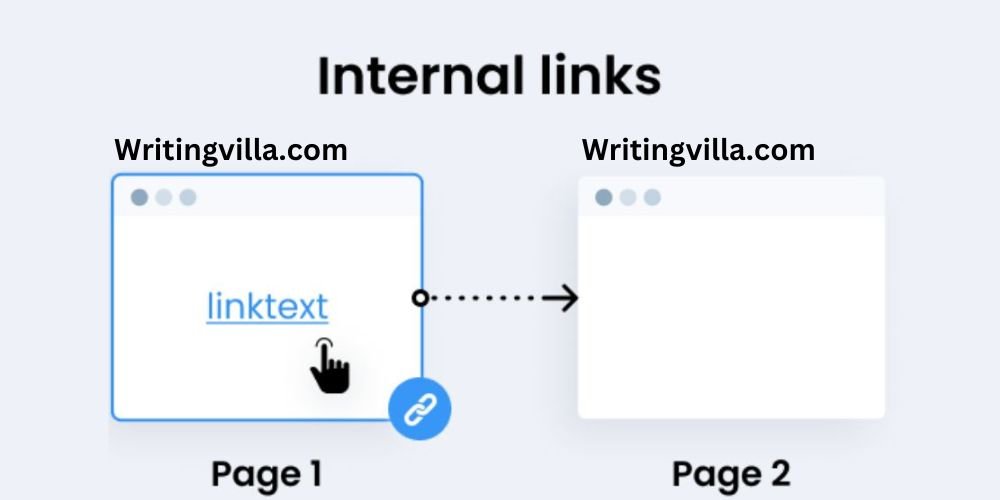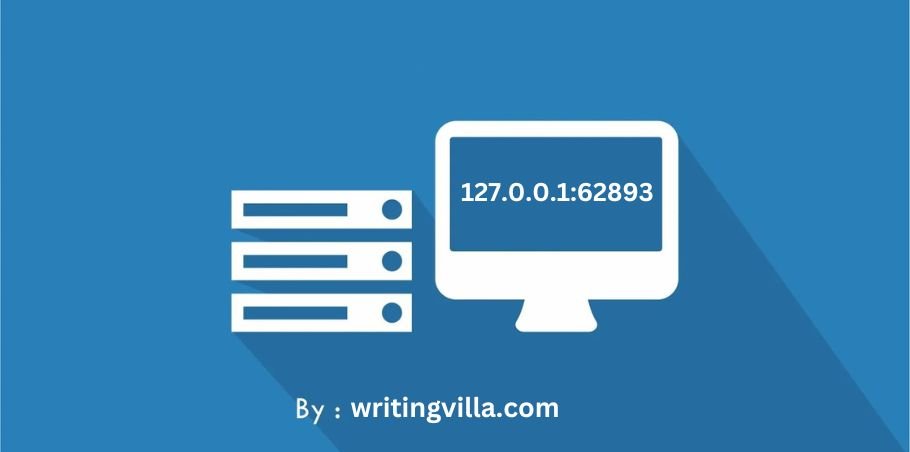Enhancing Website Visibility Through Effective Internal Linking Strategies
Key Takeaways
- Understand the importance of internal linking for boosting SEO and user experience.
- Learn techniques to strategically place internal links within your content.
- Discover tools to help automate and efficiently manage internal linking.
- Gain insights from real-life examples to improve your internal linking practices.
- Explore additional resources to stay updated on the latest internal linking trends.
Table of Contents
- Introduction to Internal Linking
- Benefits of Internal Linking
- Strategies for Effective Internal Linking
- Tools to Help with Internal Linking
- Staying Updated
Introduction to Internal Linking
Internal linking is a crucial aspect of website optimization. Employing internal linking involves:
- Creating hyperlinks between pages on the same domain.
- Enhancing navigation.
- Distributing link equity across the site.
By creating these links, you guide both users and search engines to find and understand your content better.
Many webmasters overlook the power of internal linking, focusing extensively on external backlinks. However, when executed properly, internal linking can significantly improve a website’s SEO and overall user experience. Effective internal links create a clear and logical structure for your site, making it easier to navigate and ensuring important pages receive the visibility they deserve.
Benefits of Internal Linking
- Improved SEO: Internal links help search engines crawl and index your site more effectively. When a search engine bot lands on your page, internal links provide a pathway for crawling other related pages, enhancing the comprehensiveness of indexing and boosting your overall site performance in search results.
- Enhanced User Experience: Readers can easily navigate to related content, spending more time on your site. By providing easy pathways to additional, relevant content, you reduce bounce rates and increase the chances of converting visitors into loyal users.
- Page Authority Distribution: Spread link equity across various pages, helping to elevate their rankings. Not all pages on your site will have the same importance or authority. Proper internal linking can channel authority from high-performing pages to those benefitting from a ranking boost.
Strategies for Effective Internal Linking
- Use Anchor Text Wisely: Choose descriptive and relevant anchor text for your links to improve user and search engine context. The anchor text should accurately reflect the linked page’s content, providing your users with a seamless and informative experience.
- Link to High-Value Pages: Direct readers to cornerstone content or high-converting pages to enhance user engagement and SEO value. By identifying valuable pages on your site, you can strategically place internal links that lead users to the most informative and valuable content you offer.
- Avoid Overlinking: Too many links can be overwhelming. Aim for natural and relevant placements, balancing quantity with quality. Overloading a page with links can dilute the value of each link and create a cluttered user experience, so it’s essential to maintain a clean and focused linking strategy.
Tools to Help with Internal Linking
Several tools can streamline the internal linking process, making it easier to manage and implement. Several tools offer functionalities to enhance your internal linking strategy. These tools provide insights into your current linking structure, suggest opportunities, and help maintain an organized linking framework. Utilizing such tools, you can efficiently identify and implement linking opportunities that you may need to look into manually.
Staying Updated
SEO trends are continuously evolving. To stay ahead, consider following industry blogs, attending webinars, and subscribing to reputable SEO news outlets for the latest strategies and updates. Resources such as industry reports, case studies, and expert opinions can provide valuable insights into the ever-changing landscape of internal linking.
Regularly refreshing your knowledge ensures that your internal linking practices remain effective and aligned with current best practices. Participating in SEO communities and forums can also offer a platform to discuss strategies and gain insights from other experts in the field. By staying informed, you can continuously adapt and improve your internal linking tactics, ensuring your website remains user-friendly and competitive in search rankings.
If you gained new insights from this article, explore our blog, Gimkit, for more enlightening content.
Share this content:









Post Comment